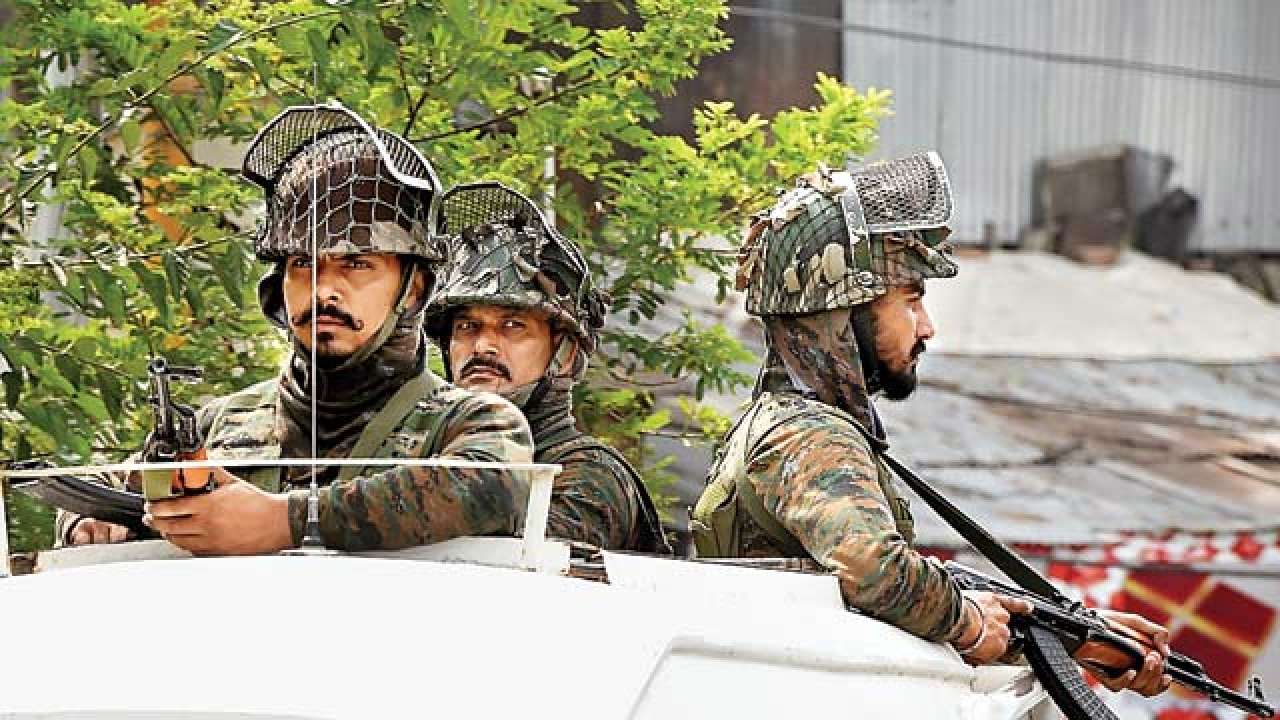
Ten years ago, Syed Ali Shah Geelani, the J&K Hurriyat leader, was known to be reading a translation of Gene Sharp’s famous book ‘From Dictatorship to Democracy’, a sequel to his 1973 masterpiece, ‘The Politics of Nonviolent Action’. It’s the book which shaped the Arab Spring. Geelani may not have adopted all the ways of Sharp but the reading probably conditioned his mind to the diversity of ideas and ways necessary to get the better of an adversary (read India); flexibility and innovative strategising being probably the most important pick-ups. Gene Sharp wrote: “Strategic nonviolence is a method of actively engaging in resistance through carefully planned campaigns of disobedience and disruption”. What followed in 2008 was disobedience and disruption in the streets of Kashmir through the Palestinian Intifada model of stone-throwing. It became the model that the Kashmiri separatists have followed ever since. It was Burhan Wani’s entry into the armed resistance in 2012-13 that once again lent a local element of romanticism with the gun. While Burhan may not have been under the separatist leash, his presence brought the realisation that resistance by local content, its sacrifice for the ‘cause’ and passion generated by all this in the public mind, is as much necessary for sustaining ‘separatism’ and ‘alienation’ as are the routine ‘Chalo’ (Let us go) programmes that Geelani and the separatists had championed.
The octogenarian leader, who has been a thorn in New Delhi’s side, now steps aside from the leadership of his party, the Tehreek-e-Hurriyat (formed 2003). He has handed over the reins to Mohammad Ashraf Sehrai who will be the interim leader till party elections later. The event may have passed without much notice but for many reasons, it is an important one as much are the follow-ups. SAS Geelani is no ordinary personality. He has long championed an attempted secession of an important part of Indian territory and challenged the authority of the Government of India. On its part, the Government may have invested in him in the hope that he could one day be turned around in a remake of the Mizoram model. Geelani is well past that stage and his aspirations go far beyond just power; it’s the iconic legacy of having led the movement and even if unsuccessful, of having given it a self-sustaining ability to continue. The coming of Mohammad Sehrai should be seen from that angle. Sehrai, like Geelani, is a Jamaat man, moulded and dyed in that cast. He has ambitions of leading the Hurriyat too. Five days after his assumption of the Tehreek leadership, it is interesting that his son Junaid Ashraf Khan decided to go into the bush; his photographs with an AK-47 have appeared on social media. The 28-year-old Junaid from a good school such as Oak Hill, Srinagar, is also a post-graduate from Kashmir University. Obviously, it appears something more than just the romance of the gun in this case.
For long, the separatists have faced the finger of accusation that their kith and kin enjoyed all the benefits of power; many have been educated abroad and have been used to a better life. None ever braved the batons and bullets or spent time anywhere near the bush. They haven’t even been known to have been actively involved in supporting the online activities of the separatists. Why Junaid waited for his father’s elevation to the Tehreek’s hot seat to enter the bush meets more than the eye. Is it a temporary romance that some Kashmiri youth, unfortunately, get involved with? Or is it a ploy to give Mohammad Sehrai a boost so early in the potentially turbulent avatar that has been thrust on him? Sehrai is reported to have declined to appeal to his son to return from the line he has apparently chosen, preferring that he takes his own decision. Sehrai’s known hardline approach, coupled with a son’s involvement in the local armed resistance movement, is a sure shot recipe for upping his image and placing him in the forefront for the leadership of the Hurriyat as a replacement for Geelani. The Tehreek’s hope will be that its overall leadership of the movement will remain unquestioned.
While the intelligence agencies and the local JK police are no doubt investigating Junaid and assessing how long and how passionate has been his desire to take to the gun, it is important to nip the potential creation of another Burhan Wani. Replacing the image created by Burhan won’t be easy but in Kashmir’s badlands, the potential for leaders emerging out of the blue remains high. The establishment did not take Burhan’s image enhancement too seriously and underestimated the potential of turbulence his death could cause. He was not in sync with the old leadership and had developed his own following. With that lesson in mind, the current run of events may as yet appear insignificant but have the potential of taking the separatist movement into a different trajectory and a new narrative. Is one reading too much into what may be insignificant developments? The security establishment would be only too happy to have this proved wrong. Yet, in Kashmir not learning from the past has been a routine response and not following the under-the-radar activities away from the focus on the gun-toting youth, who draw all the attention, hasn’t been helpful. Hopefully, more sense will prevail all around.
The author commanded the 15 Corps in Jammu & Kashmir. Views expressed are personal.